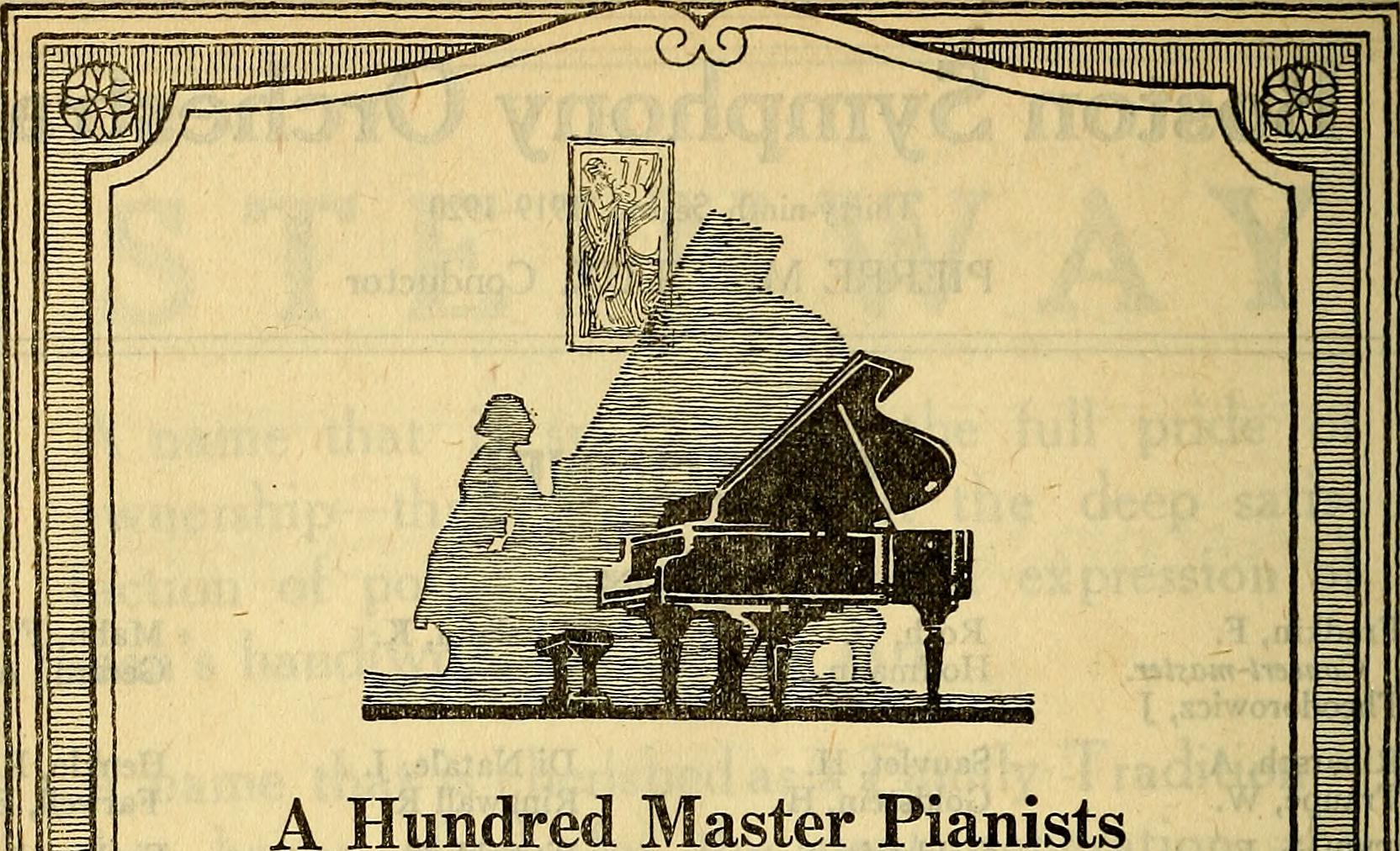People often shy away from doing things that don’t create a tangible product. I know I do—or I used to.
One dream that played in my head for years included a vision of our family gathered around a piano singing while I effortlessly accompanied them. The problem was that while I had taken piano for a few years as a teenager, and I knew the basics, I didn’t have an ear or any particular aptitude. I had no fluency with sight reading. Whenever I came to the end of a tune and asked my family if they liked it, they had no idea what song I was playing because I played so slowly and with so many mistakes. I couldn’t even sing Happy Birthday on key. Plus, we didn’t have room for a piano.
Still, the dream persisted.
Over time, I started to get more organized and routine-oriented. I have a home office and am very disciplined about work, but I became more consistent and intentional with my habits outside of work, like making my bed everyday, putting on an apron, and setting the table before I started cooking. After enough of these small changes, I was inspired to pull my piano playing dream out of my head and into the realm of possibility.
To overcome the hurdle of not having a piano, we got a full-sized but relatively inexpensive and simple keyboard, with a similar feel and sound as a real piano.
I secretly worried that “the new toy” would soon be gathering dust.
I decided that I could fit 20 minutes a day of practice into my current routine. I didn’t sign up for lessons. I didn’t want to be pushed or pressured and I didn’t want any additional expenses. I wanted to guide my own learning and feed on my own motivation.
My kids and my aunt had recently started taking lessons and I gleaned information. My kids’ teacher lent me The Piano Shop on the Left Bank and a book on theory, along with a couple of beginner sight reading books. At first I chose pieces that were too hard for me and worked on memorizing them bit by bit. The learning process was boring and laborious. Once memorized, they sounded good, but I felt the same frustration I had so many years earlier when I first tried to play the piano.
The problem? I was embracing the product, not the process and finding minimal reward and success.
Over time, my approach to practice changed. My aunt told me about the Circle of Fifths and I studied that. I found a comprehensive scales book and a Hanon exercises book (with its hilariously old-fashioned and pretentious introduction for boarding school students). I had a couple of books full of easy Christmas songs on hand. My practice gained structure and consistency. Start with scales. Move to finger exercises. End with rhythm and sight reading. If working on a challenging piece, skill build for keyboard geography and rhythm rather than focusing on the music.
That was two years ago and over that time, with just twenty minutes a day, I’ve logged roughly 230 hours on the keyboard. It’s not 10,000 hours, but it’s also not zero. While the progress is slow, there is no doubt that things are starting to click as they never have before and my enjoyment has soared. I finally have a better appreciation for the instrument and a sense of context around all the individual notes. I even am starting to see many of the notes as “friendly faces,” something my kids’ piano teacher assures them will happen over time.
Maybe more importantly, it’s caused a complete mental shift in how I listen to the dreams in my head, and the value I put on process versus product. The process has me completely fired up and enjoying the moment and the results have become simple stepping stones for further growth.
Are you one of the seventy percent of adults who wish they played an instrument? Here are five reasons to make good on your own dream:
Graphics Credit: Internet Archive Book Images



